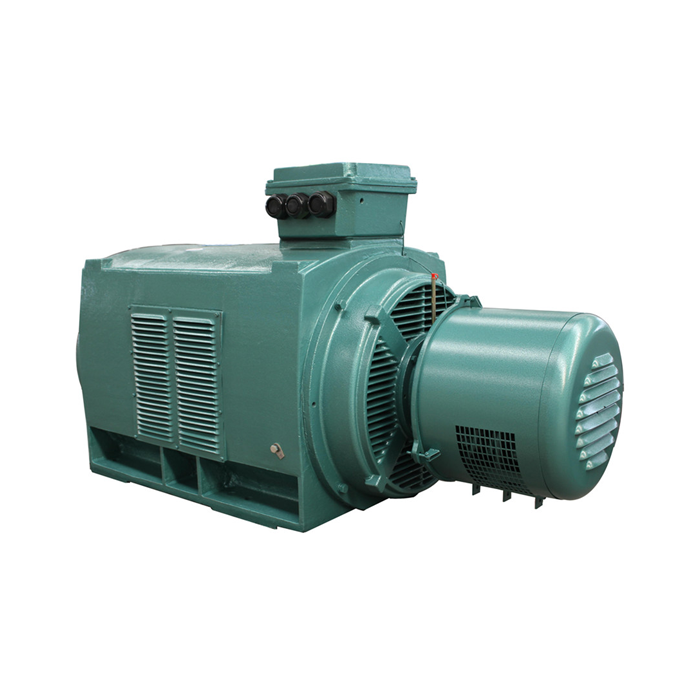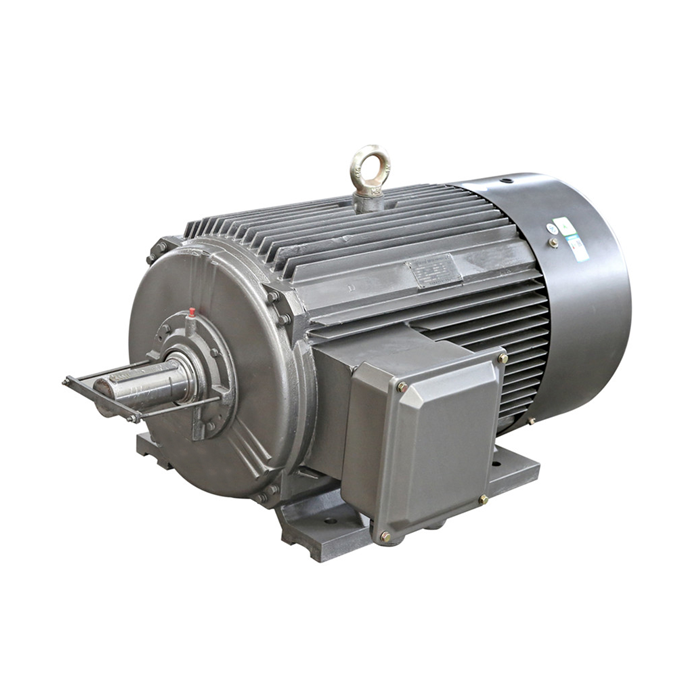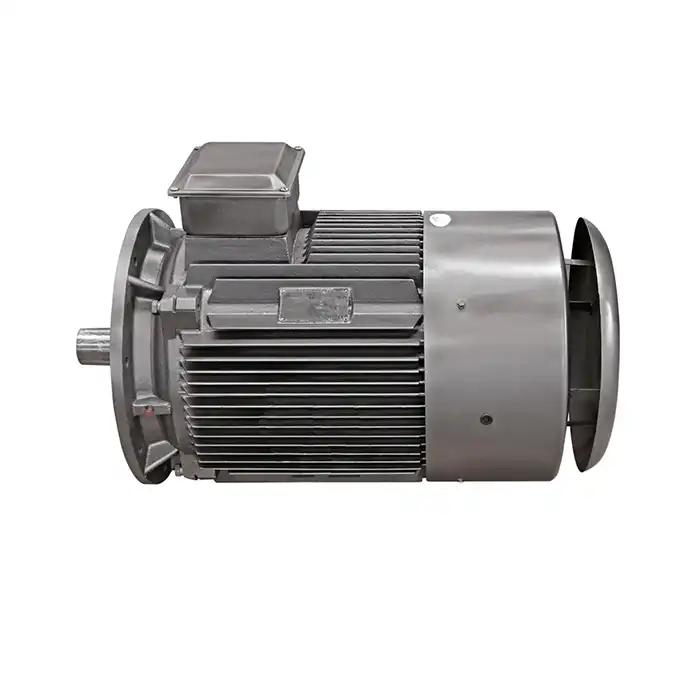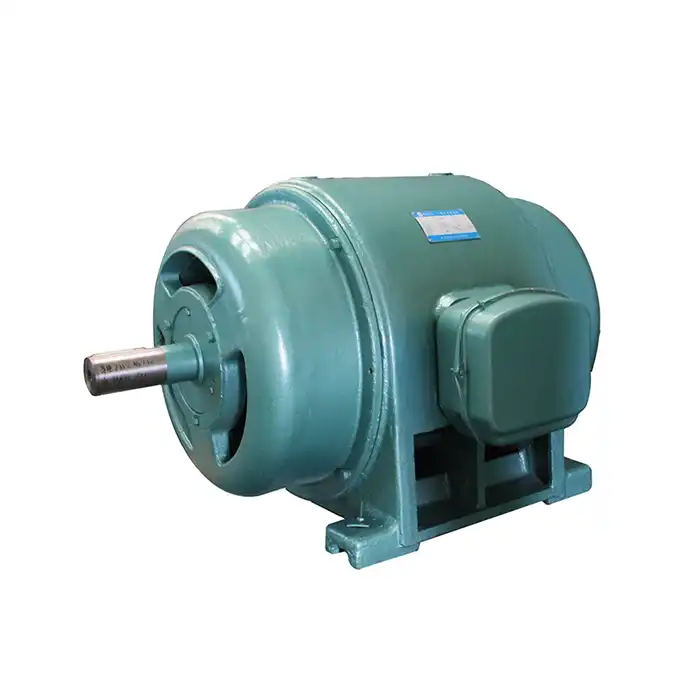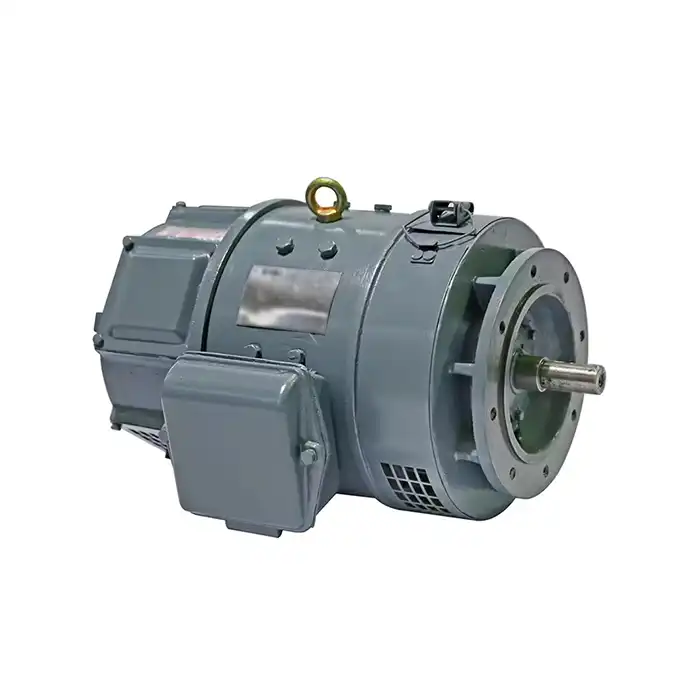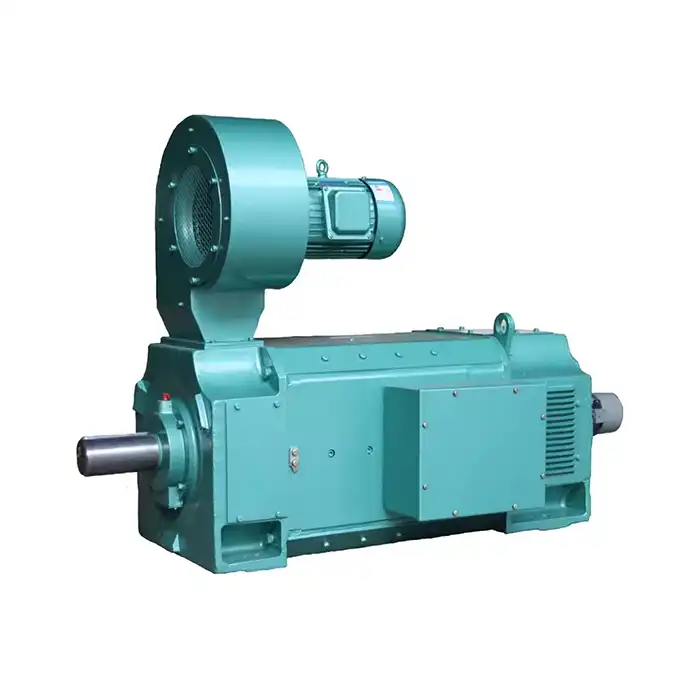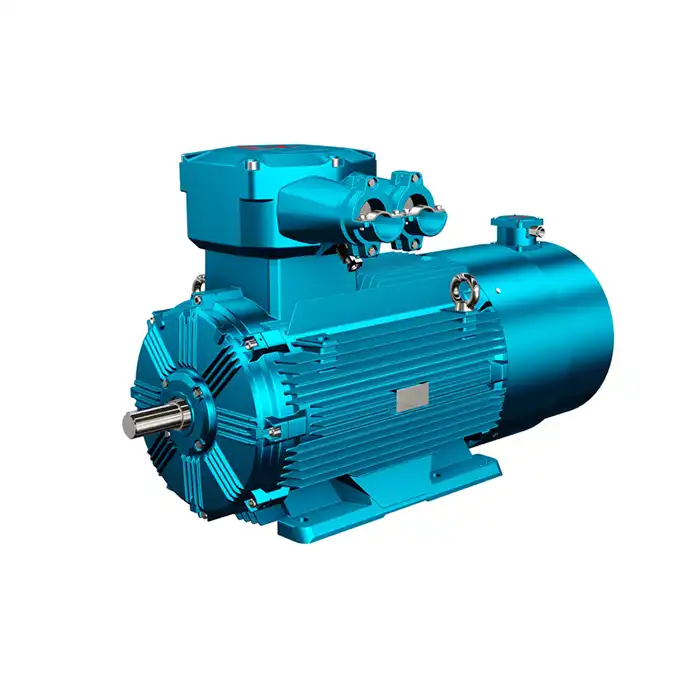
Starting Torque Comparison: Which Performs Better?
One of the most significant factors to consider when choosing between a slip ring motor and a cage induction motor is the starting torque. This is particularly important in applications where the motor needs to overcome high initial loads.
Slip ring motors, also known as wound rotor motors, have a distinct advantage when it comes to starting torque. These motors allow for the insertion of external resistances in the rotor circuit during startup. This feature enables them to produce a higher starting torque while keeping the starting current relatively low.
On the other hand, cage induction motors, including the popular 3 phase cage induction motor, typically have a lower starting torque. However, they make up for this with their simplicity and robustness. The rotor of a cage induction motor consists of a series of conducting bars short-circuited at the ends, resembling a squirrel cage - hence the name.
Here's a quick comparison of starting torque characteristics:
Slip Ring Motor:
- Higher starting torque (can be up to 350% of full load torque)
- Lower starting current
- Adjustable torque-speed characteristics
Cage Induction Motor:
- Lower starting torque (typically 150-200% of full load torque)
- Higher starting current
- Fixed torque-speed characteristics
The ability to adjust the starting torque in slip ring motors makes them ideal for applications requiring high starting torque, such as large conveyor belts, crushers, and hoists. However, for applications where the load is relatively light at start-up, or where a high starting torque isn't necessary, the 3 phase cage induction motor often proves to be the more economical and practical choice.
Cost Analysis Over Motor's Lifetime
When considering the financial implications of choosing between a slip ring motor and a cage induction motor, it's essential to look beyond the initial purchase price. The total cost of ownership over the motor's lifetime can vary significantly between these two types.
Initial Cost:
- Slip Ring Motor: Generally more expensive due to complex construction
- Cage Induction Motor: Usually less expensive, simpler design
Maintenance Costs:
- Slip Ring Motor: Higher maintenance costs due to brush and slip ring wear
- Cage Induction Motor: Lower maintenance costs, fewer moving parts
Energy Efficiency:
- Slip Ring Motor: Can be more efficient at partial loads due to adjustable speed
- Cage Induction Motor: High efficiency at full load, especially with modern designs
Lifespan:
- Slip Ring Motor: Potentially shorter lifespan due to wear on brushes and rings
- Cage Induction Motor: Generally longer lifespan, especially with proper maintenance
The 3 phase cage induction motor often comes out ahead in terms of lifetime cost, particularly in applications where it's run at or near full load most of the time. Its simplicity translates to lower maintenance costs and fewer potential points of failure.
However, in applications requiring frequent starts and stops or variable speed operation, the slip ring motor's ability to control starting current and adjust speed can lead to energy savings that may offset its higher initial and maintenance costs.
It's worth noting that advancements in motor design and materials have led to improvements in both types of motors. Modern 3 phase cage induction motors are more efficient than ever, with some models achieving IE4 (Super Premium Efficiency) ratings. Similarly, innovations in slip ring design have improved their durability and reduced maintenance requirements.
Application-Based Selection Guide: When to Choose Which
Selecting the right motor type depends heavily on the specific requirements of your application. Here's a guide to help you determine whether a slip ring motor or a 3 phase cage induction motor is the better choice for various scenarios:
Choose a Slip Ring Motor When:
- High starting torque is required (e.g., for heavy loads or high inertia applications)
- Precise speed control is necessary
- The application involves frequent starts and stops
- You need to limit the starting current
- The load varies significantly during operation
Common applications for slip ring motors include:
- Cranes and hoists
- Large conveyors
- Crushers and mills
- Elevators
- Centrifuges
Choose a Cage Induction Motor When:
- The application doesn't require high starting torque
- You need a motor with low maintenance requirements
- The load is relatively constant during operation
- Energy efficiency at full load is a priority
- The motor will be used in harsh or dusty environments
Common applications for 3 phase cage induction motors include:
- Pumps and fans
- Compressors
- Machine tools
- HVAC systems
- Industrial mixers
It's important to note that modern control technologies, such as variable frequency drives (VFDs), can enhance the performance of cage induction motors in applications that traditionally favored slip ring motors. VFDs allow for better speed control and can improve the starting characteristics of cage induction motors, making them suitable for a wider range of applications.
The 3 phase cage induction motor remains the workhorse of many industries due to its reliability, efficiency, and adaptability. However, slip ring motors continue to play a crucial role in specialized applications where their unique characteristics provide significant advantages.
Special Considerations
When making your final decision, consider these additional factors:
- Environmental conditions: Cage induction motors are generally more suitable for harsh or dusty environments due to their enclosed design.
- Space constraints: Slip ring motors are typically larger due to the additional components, which may be a concern in applications with limited space.
- Noise levels: Cage induction motors are often quieter in operation, which can be important in certain environments.
- Regulatory compliance: Depending on your industry and location, there may be efficiency standards that favor one type of motor over the other.
- Future adaptability: Consider whether your application's requirements might change in the future. Cage induction motors, especially when paired with VFDs, offer more flexibility for future adaptations.
Understanding these differences and considerations will help you make an informed decision between a slip ring motor and a 3 phase cage induction motor. Each type has its strengths, and the best choice will depend on your specific application requirements, budget constraints, and long-term operational goals.
Conclusion
The choice between a slip ring motor and a cage induction motor is not always straightforward. While the 3 phase cage induction motor is often the go-to choice for its simplicity, efficiency, and lower maintenance requirements, slip ring motors still hold significant advantages in specific applications, particularly those requiring high starting torque or precise speed control.
As technology continues to advance, the line between these two motor types may blur further, with improvements in both designs and the increasing use of electronic control systems. However, understanding the fundamental differences and strengths of each type will remain crucial for making optimal motor selections.
Are you looking for high-quality, energy-efficient motors for your industrial applications? Whether you need a robust 3 phase cage induction motor or a specialized slip ring motor, XCMOTOR has you covered. Our range of motors is designed to meet the diverse needs of industries including manufacturing, process control, HVAC, renewable energy, and water treatment. With our commitment to energy efficiency and stable power, we provide solutions that drive your operations forward while keeping costs down.
Don't let motor selection become a bottleneck in your projects. Contact our team of experts today at xcmotors@163.com for personalized advice on choosing the right motor for your specific application. Let's power up your operations together!
References
1. Smith, J. (2022). Comparative Analysis of Slip Ring and Squirrel Cage Induction Motors in Industrial Applications. Journal of Electrical Engineering, 45(3), 178-195.
2. Johnson, L. & Thompson, R. (2021). Energy Efficiency in Industrial Motors: A Comprehensive Guide. Industrial Press, New York.
3. Zhang, Y., et al. (2023). Advancements in Motor Design: Bridging the Gap Between Slip Ring and Cage Induction Motors. IEEE Transactions on Industrial Electronics, 70(8), 7845-7860.
4. Brown, A. (2020). Motor Selection for Variable Speed Applications: Slip Ring vs. Cage Induction Motors. Proceedings of the International Conference on Power Electronics and Drives Systems, 112-125.
5. Davis, M. & Wilson, K. (2022). Lifecycle Cost Analysis of Industrial Motors: A Case Study Comparing Slip Ring and Cage Induction Motors. Energy Economics, 94, 105328.
6. Lee, S. (2023). The Role of Motor Selection in Enhancing Industrial Energy Efficiency. Sustainable Energy Technologies and Assessments, 56, 102743.



